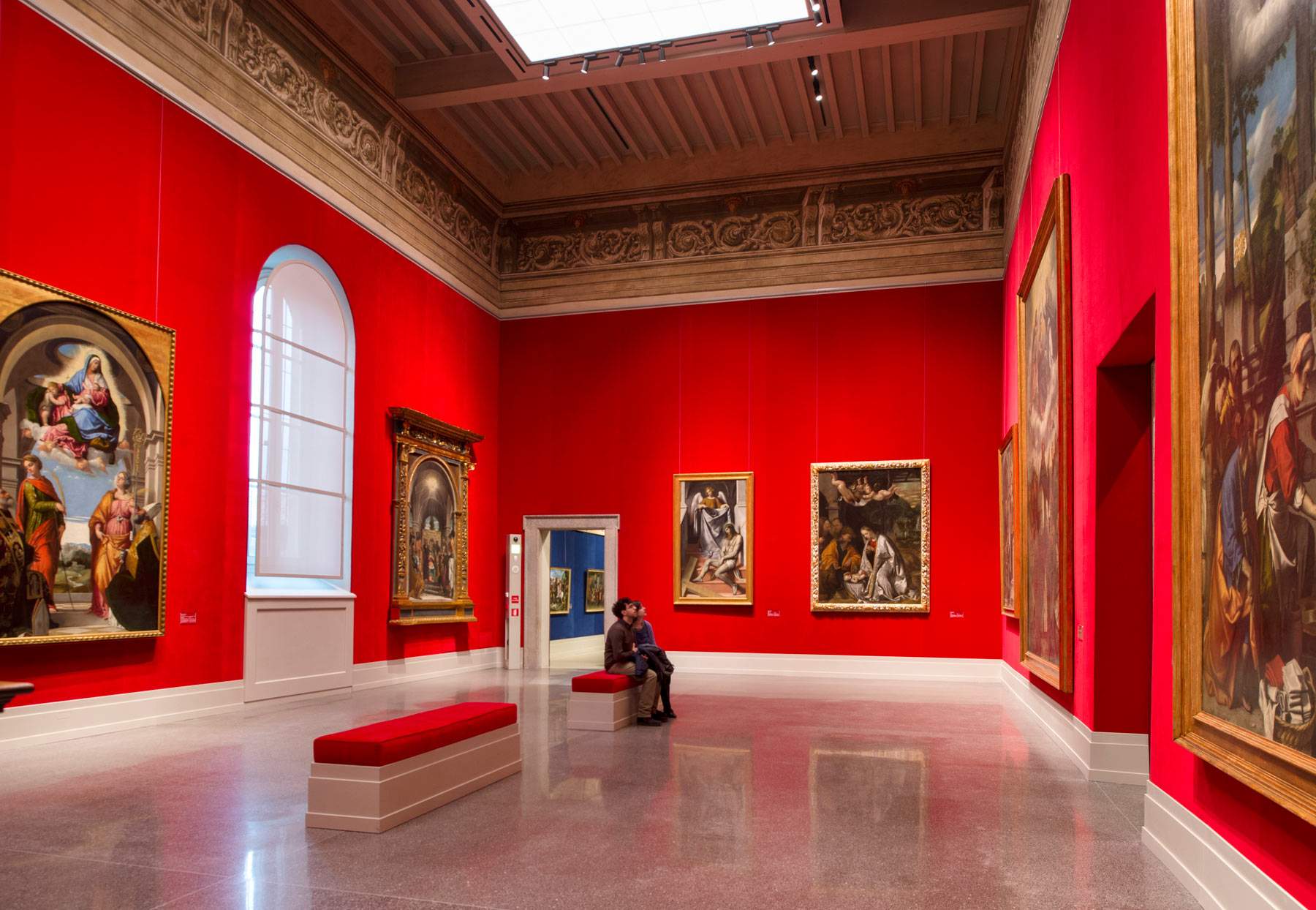In 2023, the cultural sector in Italy showed tangible signs of recovery after the post-Covid crisis. Photographing the situation is the 20th Federculture Annual Report “Impresa Cultura,” the volume that takes stock of the Italian cultural system each year through data on consumption, funding, employment, and tourism. For this year, it was found that citizens’ demand for culture has returned to growth, with household spending on culture, recreation and sports increasing by 10 percent to 101.27 euros per month compared to 91.94 euros in 2022. This increase occurred despite a 5.9 percent price increase that affected overall spending.
Participation in cultural activities outside the home saw significant growth, with an average increase of one and a half times compared to 2022. In particular, concert attendance nearly doubled from 11.2 percent to 21.7 percent. Other cultural activities also saw significant increases: theater (up 63 percent), classical concerts (up 50 percent), visits to museums and exhibitions (up 44 percent), and archaeological sites and monuments (up 43 percent).
The cultural sector also saw a recovery in employment, with 825,000 employed in 2023, matching 2019 levels. The 1.2 percent year-on-year increase was mainly driven by those employed in cultural occupations in non-cultural sectors, which grew by 5.5 percent in 2023 and 7.7 percent over 2019. International tourism demand contributed to this recovery, with a 34.5 percent increase in the cultural tourism segment and more than 40 percent in terms of spending. Cultural tourism, moreover, accounts for more than 50 percent of our tourism market, confirming that Italy’s tourism economy depends largely on the resources that make up the country’s cultural wealth.
The investment picture in the cultural sector remained positive, with increases in cultural budgets at all administrative levels compared to 2019. The budget of the Ministry of Culture (MiC) was just under 4 billion euros, while municipalities and regions exceeded 2.3 billion and 1 billion euros, respectively. Provinces’ investments also grew, although they decreased by 15 percent compared to 2019. Private support for culture through theart bonus reached new milestones, exceeding 900 million euros in April 2024, with a record of more than 121 million euros in 2023.
Despite the overall positive picture, significant regional gaps in cultural enjoyment remain. Northern and North Central regions show much higher levels of cultural participation than Southern regions. For example, in Trentino-Alto Adige, 30-40 percent of residents attend theater, museums or concerts, while in Calabria, Sicily and Basilicata these values range between 15 and 20 percent. Household spending on culture also follows a similar trend, with values in the South being about half of those in the Center-North.
Cultural foundations play a strategic role in the Italian cultural system. With more than 650 foundations involved in various aspects of culture, these institutions are a key component of the sector. However, foundations face common problems, such as ambiguities in relations with government, difficulties in involving private individuals in governance and limitations on operational autonomy. Federculture has initiated a path of reflection and planning toward a Law for Participation Foundations to address these challenges and further enhance their contribution.
In conclusion, 2023 marked an important year of recovery for the cultural sector in Italy, with growth in demand, supply and investment. However, challenges remain related to regional gaps and the management of cultural foundations, which require targeted interventions to consolidate and extend the progress made.
“We can say today that the culture crisis, which we experienced with the pandemic, is being overcome, although of course not everything is back to the way it was,” explains Federculture President Andrea Cancellato. “We are particularly concerned about the great fragmentation of cultural life in the country, which is why we will soon be formulating proposals for the consolidation of cultural growth ’at zero cost’ to the state budget, in order to overcome imbalances and gaps in citizens’ cultural enjoyment. In recent years we have insisted that interventions and reforms be enacted that have this objective, to increase citizens’ cultural participation, but also to strengthen the subjects of cultural management, creativity and culture enterprises. Among the proposals that we have seen finally accepted in the first year of this Legislature are the regulations for cultural and creative enterprises, which as part of the Made in Italy law have found their place as one of the pillars of our nation. This regulatory framework now requires us to move forward, including in taking further steps toward an increasingly efficient and effective system of governance of cultural institutions. This is why in Federculture’s Report we deal with Participation Foundations, which despite being the most innovative and most practiced instrument among cultural foundations, still do not have a defined scope in the Civil Code and there are parts of the interpretation of the norm that leave room for ambiguity about the way they operate and the role they are gradually assuming in the management of culture. Federculture believes that it is necessary for the Civil Code rules to finally accommodate the ’Participation Foundation’ so as to make its activity more linear and secure, considering that a large part of Italian Cultural Enterprises have adopted this legal form. We need precise and unequivocal norms that allow operational agility, private involvement and resources alongside public ones, controls and transparency in management. We have started a path and offer an open text, which the Legislature and the government can use as a basis for drafting a long-awaited norm.”
Image: Brescia, Pinacoteca Tosio Martinengo. Photo: Brescia Musei Foundation
 |
| On the upswing in the cultural sector in Italy. Federculture's 2023 data |
Warning: the translation into English of the original Italian article was created using automatic tools. We undertake to review all articles, but we do not guarantee the total absence of inaccuracies in the translation due to the program. You can find the original by clicking on the ITA button. If you find any mistake,please contact us.